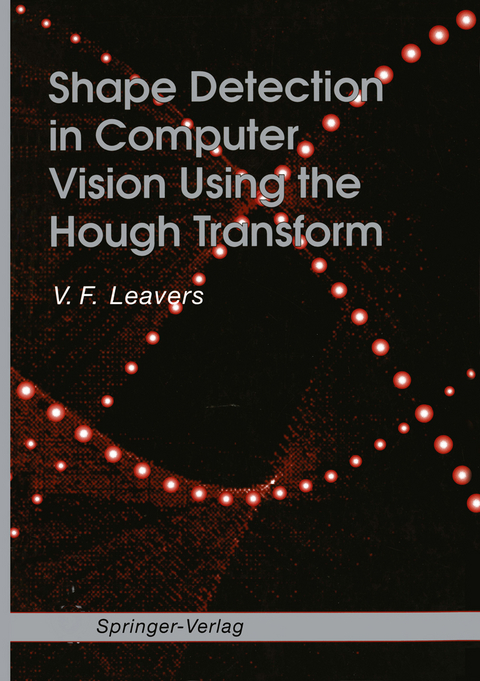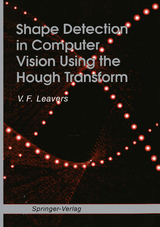Shape Detection in Computer Vision Using the Hough Transform
Springer Berlin (Verlag)
978-3-540-19723-2 (ISBN)
1 Computer Vision: Shape Detection.- 1.1 Why Computer Vision?.- 1.2 Why This Book?.- 1.3 Why the Hough Transform?.- 1.4 Representing Shape Symbolically.- 2 Transforms Without Tears.- 2.1 Beginning to See.- 2.2 What about Shape?.- 2.3 Tackling the Maths.- 2.4 Beginning to Compute.- 3 Preprocessing.- 3.1 The Real World.- 3.2 Spot the Difference.- 3.3 Convolution, a Necessary Tool.- 3.4 Edge Detection.- 3.5 Which Parametrisation?.- 3.6 Getting Started.- 3.7 Quantization.- 3.8 Test Images.- 4 Postprocessing.- 4.1 Results of the Transformation.- 4.2 The Butterfly Filter.- 4.3 Designer Butterflies.- 4.4 Putting Things to Work.- 4.5 Reconstruction.- 4.6 Summary.- 5 Representing Shape.- 5.1 From Lines to Circles.- 5.2 Double Houghing.- 5.3 Towards a Representation of Shape.- 5.4 Summary.- 6 Which Hough?.- 6.1 Background.- 6.2 Refinements.- 6.3 Software Solutions.- 6.4 Parallel Processing.- 6.5 Dedicated Hardware.- 6.6 The Probabilistic Houghs: A Review.- 7 A Case Study: Circles and Ellipses.- 7.1 Preprocessing the Image Data.- 7.2 The Dynamic Generalized Hough Transform.- 7.3 A Case Study.- 7.4 Discussion.- 7.5 Conclusions.- Appendix 1.- 1.1 The Radon Transform.- 1.2 Generalized Function Concentrated on a Line.- 1.3 The General Case.- 1.4 Application to an Ellipse.- Appendix 2.- Appendix 3.- Appendix 4.- References.
| Erscheint lt. Verlag | 10.9.1992 |
|---|---|
| Zusatzinfo | XIV, 201 p. 49 illus. |
| Verlagsort | London |
| Sprache | englisch |
| Maße | 170 x 242 mm |
| Gewicht | 370 g |
| Themenwelt | Informatik ► Grafik / Design ► Digitale Bildverarbeitung |
| Informatik ► Theorie / Studium ► Künstliche Intelligenz / Robotik | |
| Schlagworte | algorithms • computer vision • Computervision • Hough Transform • Object recognition • Radon Transform • shape detection |
| ISBN-10 | 3-540-19723-0 / 3540197230 |
| ISBN-13 | 978-3-540-19723-2 / 9783540197232 |
| Zustand | Neuware |
| Informationen gemäß Produktsicherheitsverordnung (GPSR) | |
| Haben Sie eine Frage zum Produkt? |
aus dem Bereich




